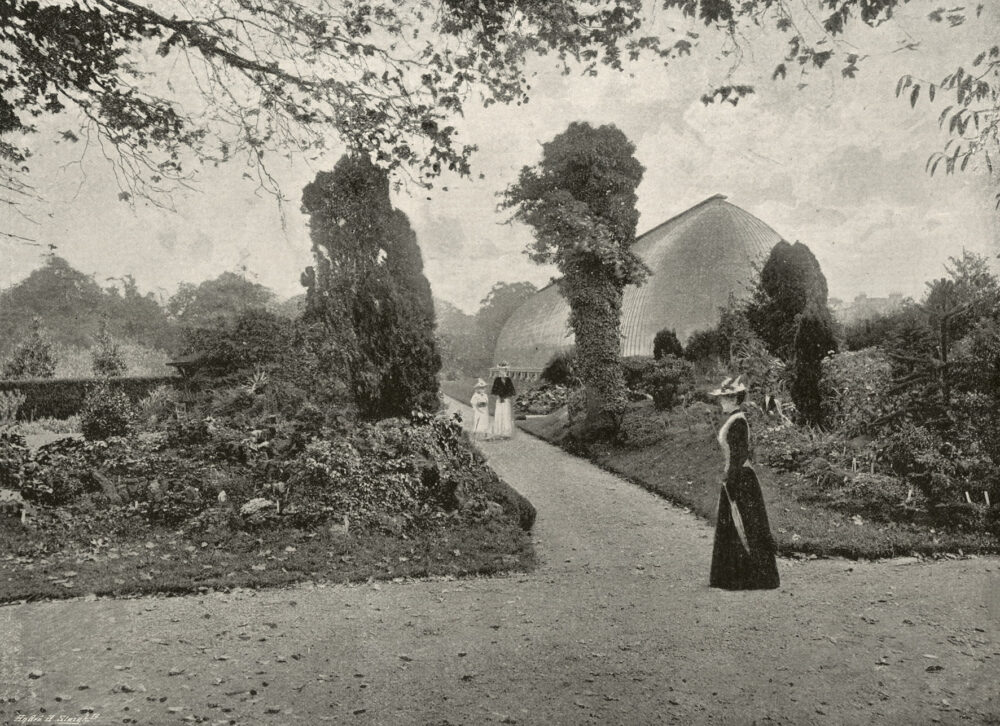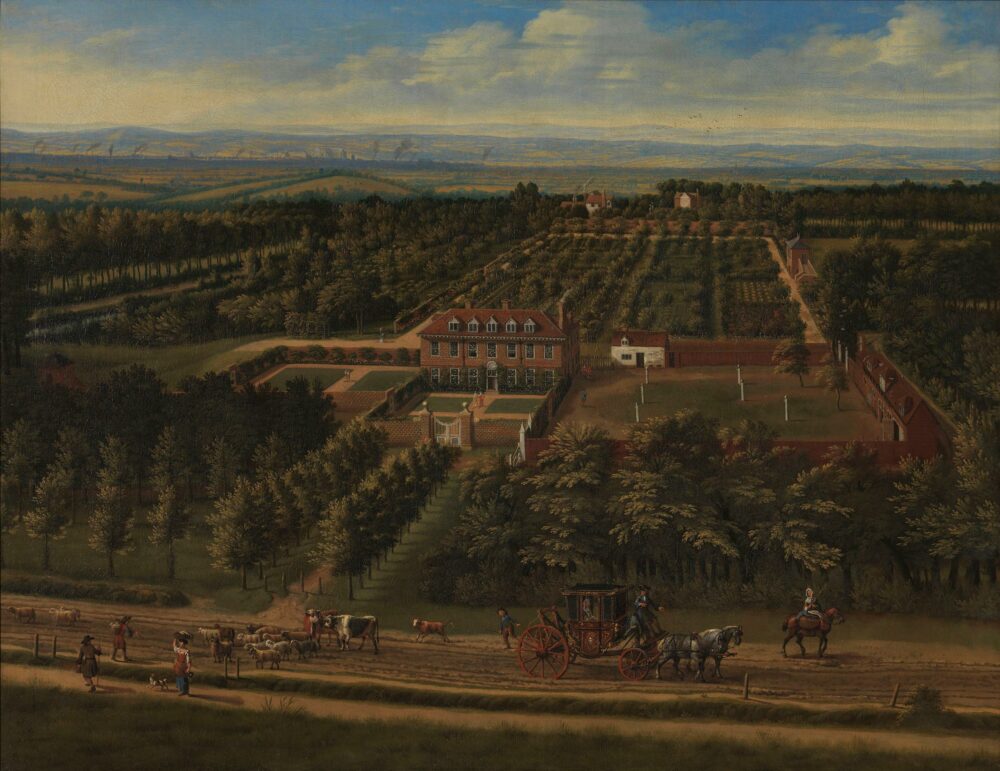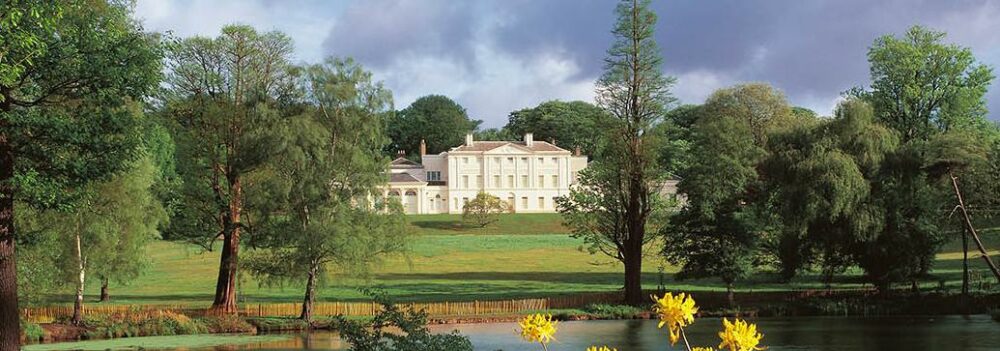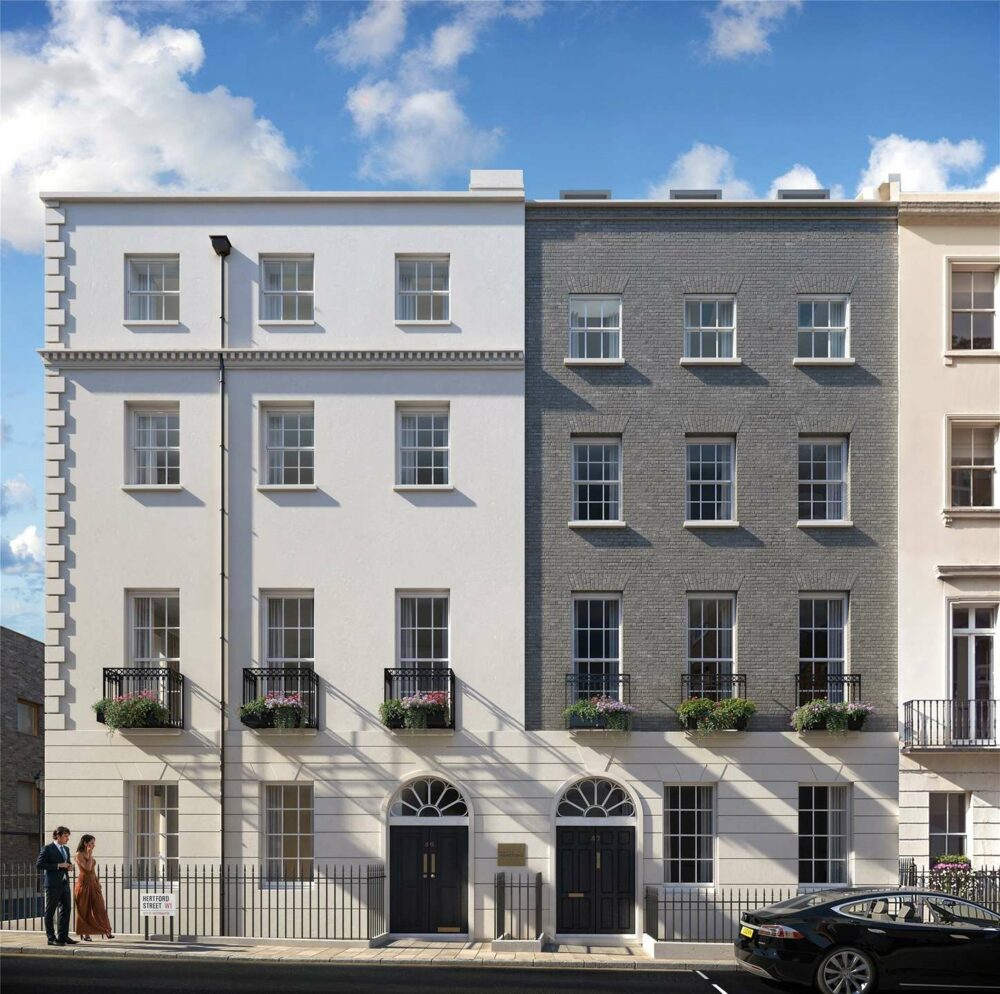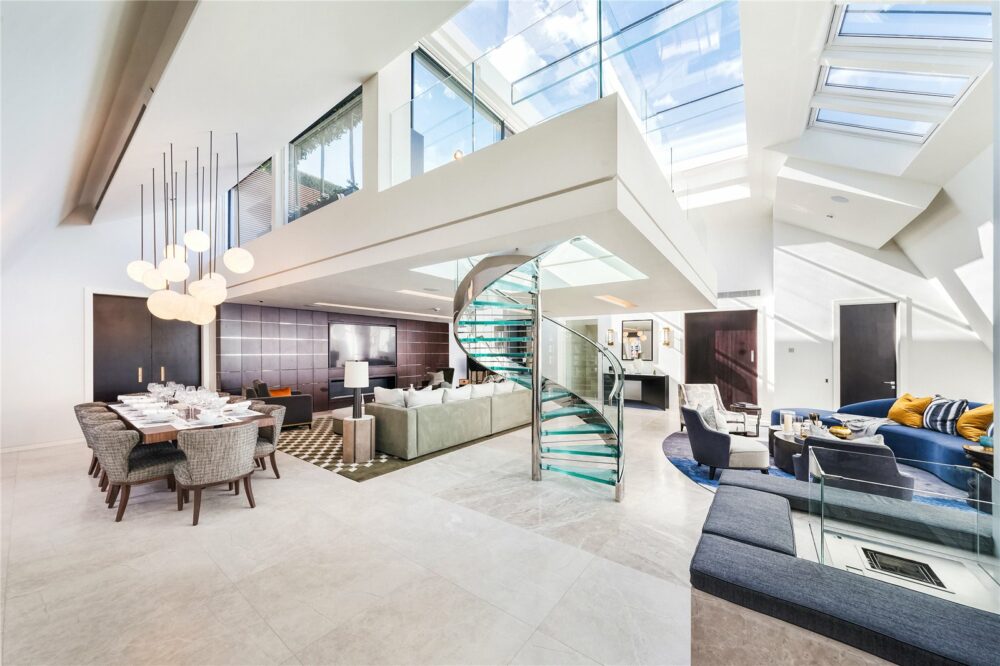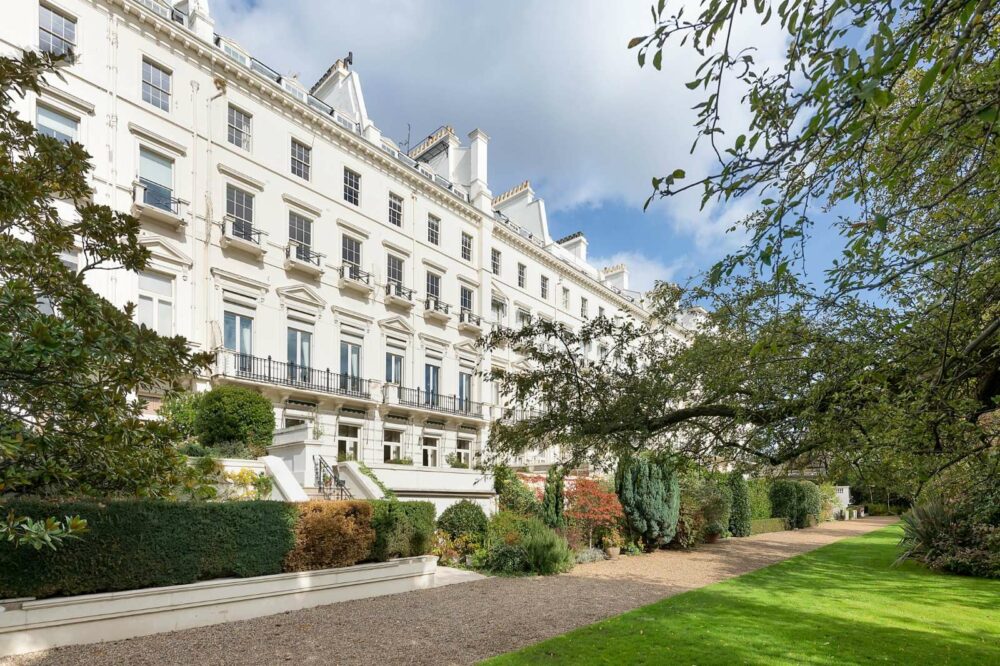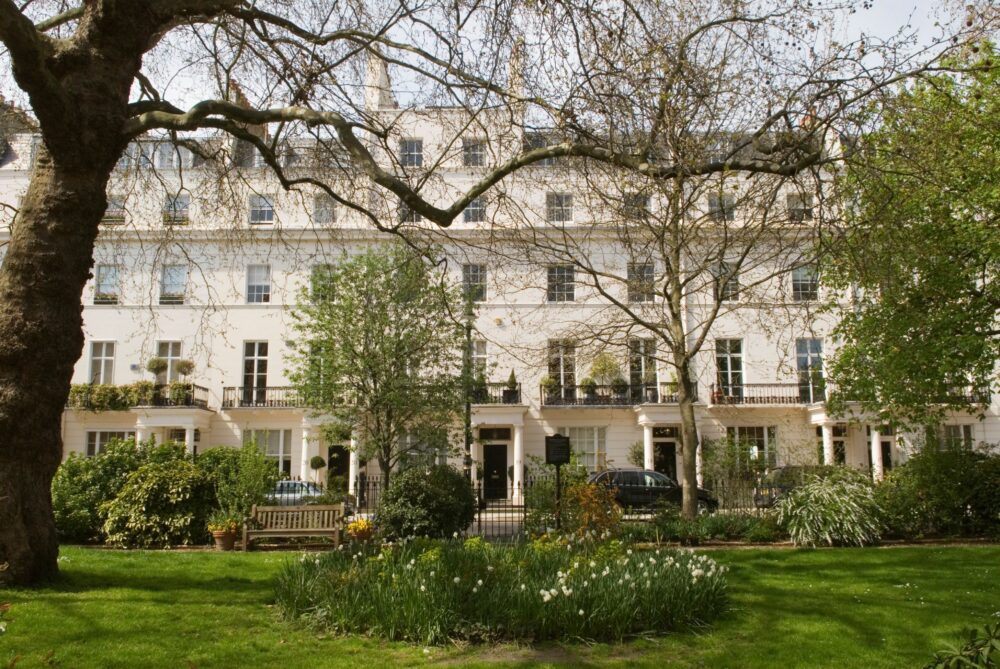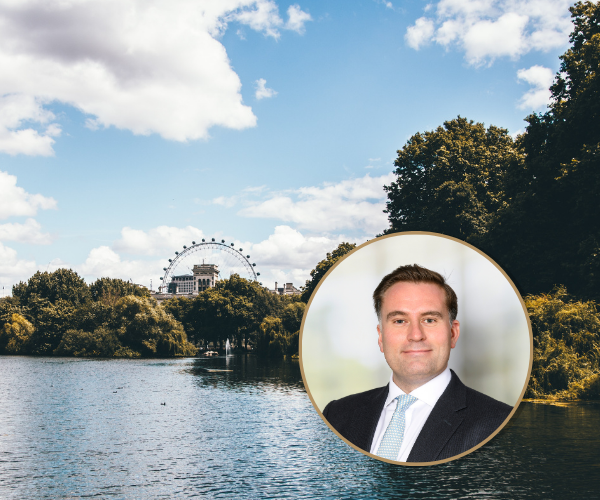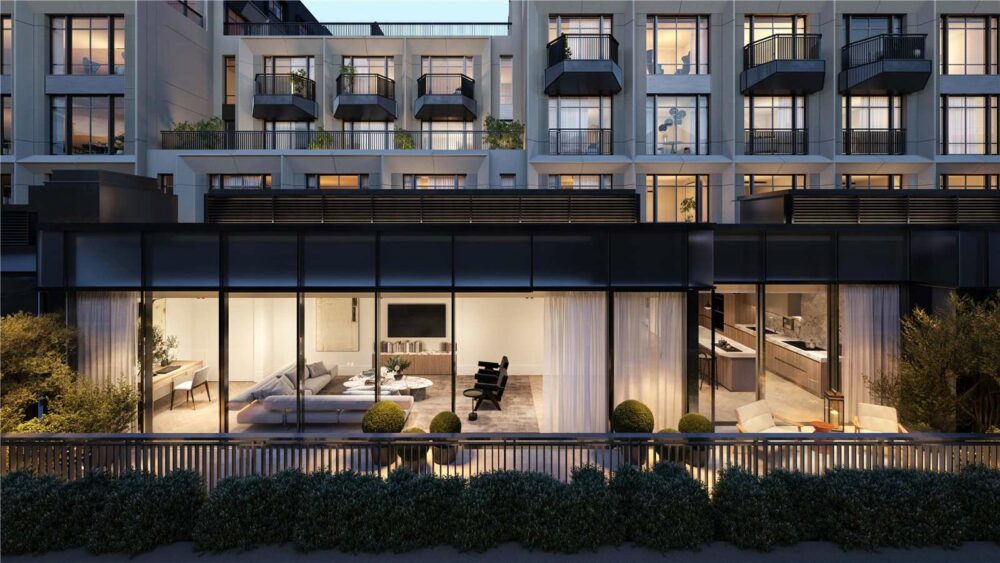Have you ever taken a walk on Hampstead Heath? You probably don’t know it but your stroll was made possible by opponents of former landowner Sir Thomas Maryon Wilson, who had drawn up plans to build on it. After a battle that started in 1829 and lasted for 40 years, MPs agreed that, as the “lungs of the metropolis”, the heath should stay.
Today Hampstead Heath has protected status, as do many of London’s great green spaces. The best known are the expansive former hunting grounds of the Royal Parks – including Hyde Park, Regent’s Park and Green Park – which have long since been reimagined as multifaceted public spaces. Smaller pockets of communal greenery, such as the private garden squares that punctuate the streets of prime central London, often accessible only to key holders, feel just as integral to our experience of the capital.
Yet many notable London parks and gardens have been lost forever – even if some of the more eye-catching examples felt unforgettable at the time. “London is an incredibly green city by international standards,” explains Ella Finney, a curator at the Garden Museum in Lambeth, “but if you look at the past 500 years, there are historically important records of thousands of gardens and parks that are no longer here.”
The museum’s Lost Gardens of London exhibition reveals some fascinating nuggets, including the fact that Southwark once had a zoo; that Britain’s first ecological park was built near Tower Bridge; and that one of the capital’s most famous botanical gardens now lies beneath Waterloo station.


